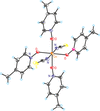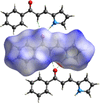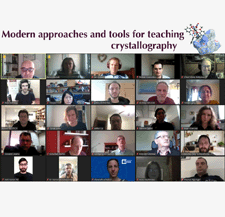issue contents
February 2024 issue

Cover illustration: This issue of Acta Crystallographica Section E includes two papers commissioned for the AfCA–IUCr Virtual Collection. Andreas Roodt [Acta Cryst. E80, 94–101] describes the creation of the African Crystallographic Association, while Simon Billinge describes collaborative initiatives of JUAMI, the Joint US–Africa Materials Institute [Acta Cryst. E80, 102–105].
AfCA collection
JUAMI, the joint undertaking for an African materials institute, is a project to build collaborations and materials research capabilities between PhD researchers in Africa, the United States, and the world. Focusing on research-active universities in the East African countries of Kenya, Ethiopia, Tanzania and Uganda, the effort has run a series of schools focused on materials for sustainable energy and materials for sustainable development.


research communications





















































 journal menu
journal menu

















































